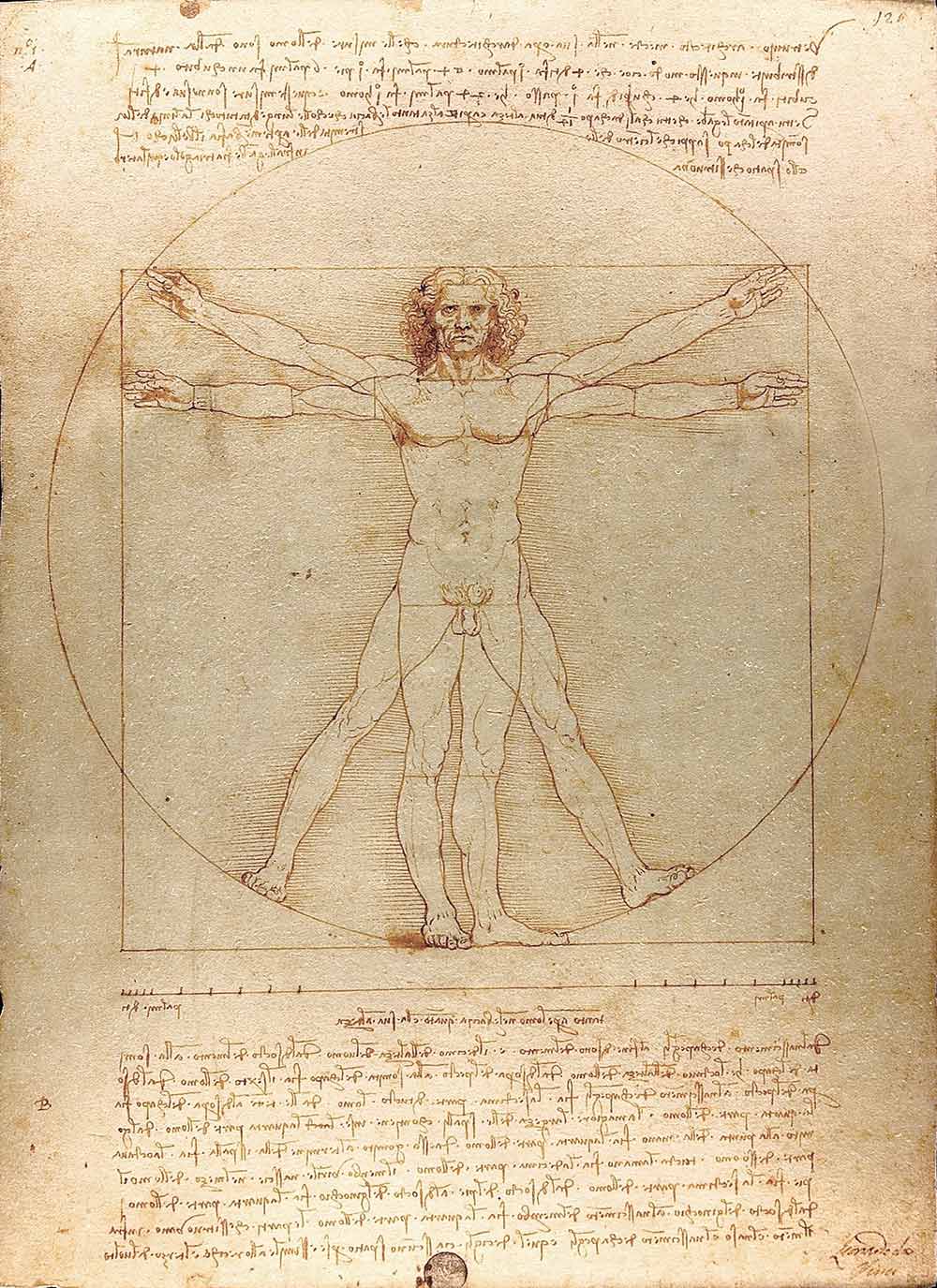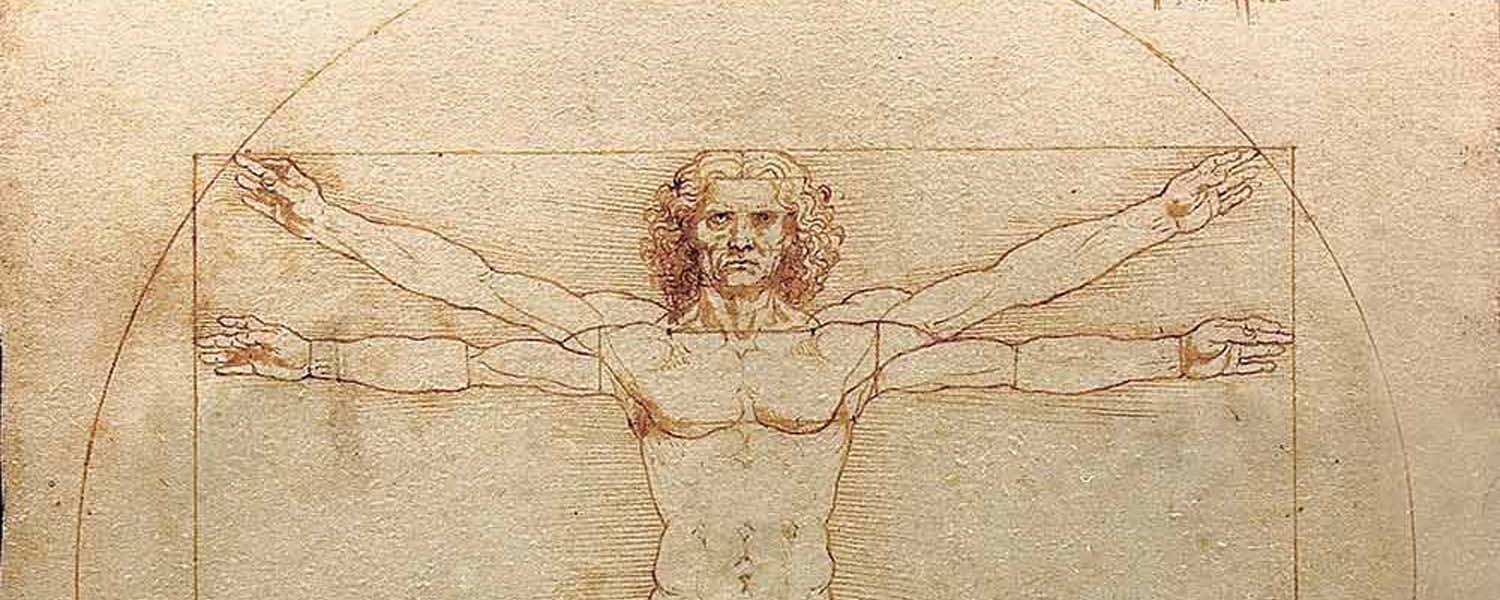
Body Proportions: How to Draw a Body
Understand and master body proportions
Can you draw bodies freely from your head? For a long time this seemed impossible to me. However, if we study the basic structure of a body and master the rules of body proportions, it is indeed possible. Moreover, this knowledge will be especially helpful if we draw from a reference rather than from our head. After all, if we understand our reference well, we will automatically be able to draw it better.
Proportions of the Human Body
People have always tried to define beauty and it is no secret that symmetry is mentioned again and again in this context.
Whoever deals with art in a historical setting will therefore sooner or later come across the theory of proportions. Here the attempt is made to define the human anatomy by rules, e.g. sizes, lengths or distances of and between body parts are clearly defined.
It is unimaginable how many people must have drawn studies of body proportions throughout history. One of the most famous studies on this subject is probably the work of Leonardo da Vinci. Here da Vinci placed the human body in relation to the circle and square, following the concept of Vitruvius (a Roman engineer, architect and architectural theorist), in which the entire body is divided into 8 head lengths. This representation of idealized proportions is therefore called Vitruvian man.
Drawing Body Proportions
Vitruvian proportions have long prevailed, yet for our first exercise we will be rebellious and use 7.5 head lengths instead of 8.
For our exercise, we will first draw only the outline of a simple body without any details, standing straight and facing us. We draw a vertical line that we divide into 7.5 units. Each unit provides space for certain parts of the body.
The units are (from top to bottom):
- Head
- Neck and shoulders
- Chest
- Waist and pelvis
- Leg
- Knee and calf
- Ankle
- Foot
This very simple representation of a body will be a helpful tool for the next step of our exercise.
For later drawings, we don’t always have to stick strictly to 7.5 head lengths, because people are different and variations are normal. But for the beginning it is still good to practice and be able to apply these basics. One day we will have internalized the proportions so well that we will no longer need such help.
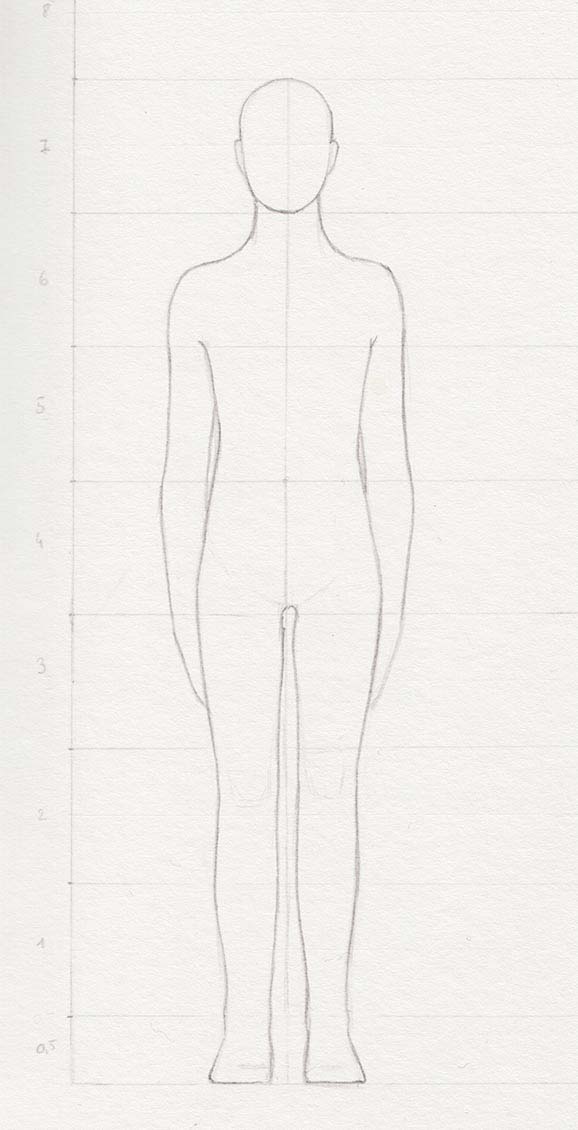
Drawing Different Bodies
For this step, we need our simple representation we just drew and a reference of a body. This can be ourselves, a volunteer model (rather rare to find), or a photograph.
We again draw markings for 7.5 units on our paper and then work our way from one unit to the next as we draw the sketch. The great thing about this is that we can always focus on exactly one area of our model while maintaining proportion. The sketch includes outlines as well as markings for shadows, folds, or other noticeable features. Once the sketch is complete, we can turn our attention to shading / hatching.
No matter what body shape we want to draw, they can all be drawn proportionally correctly using this approach.
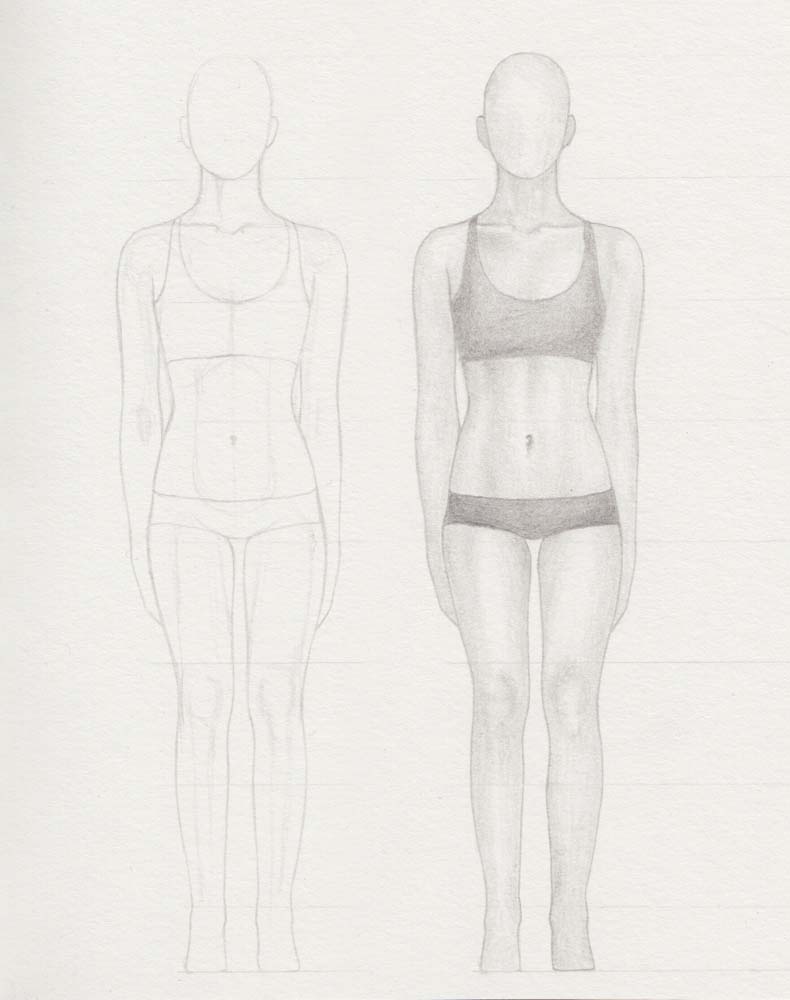
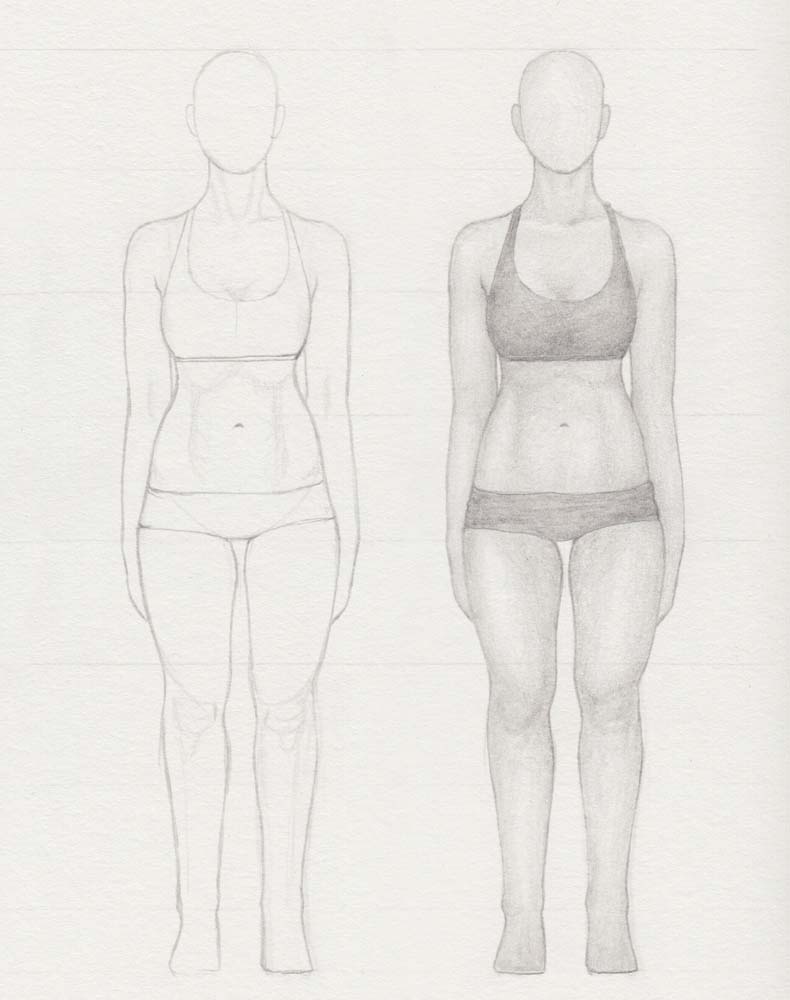
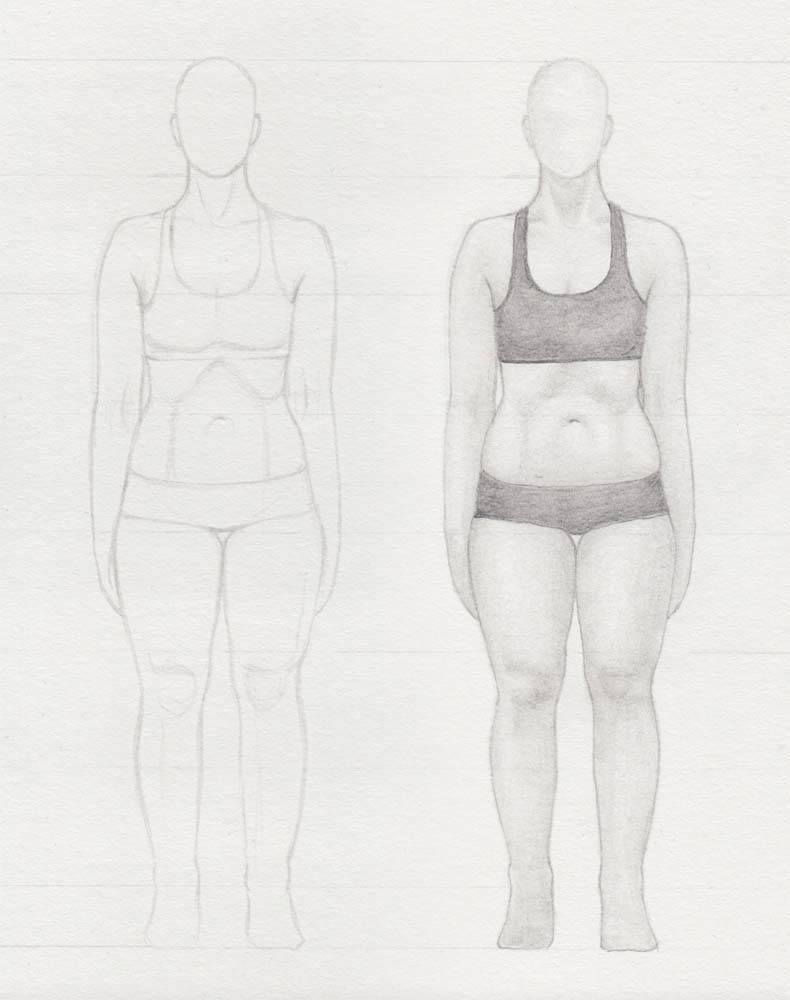
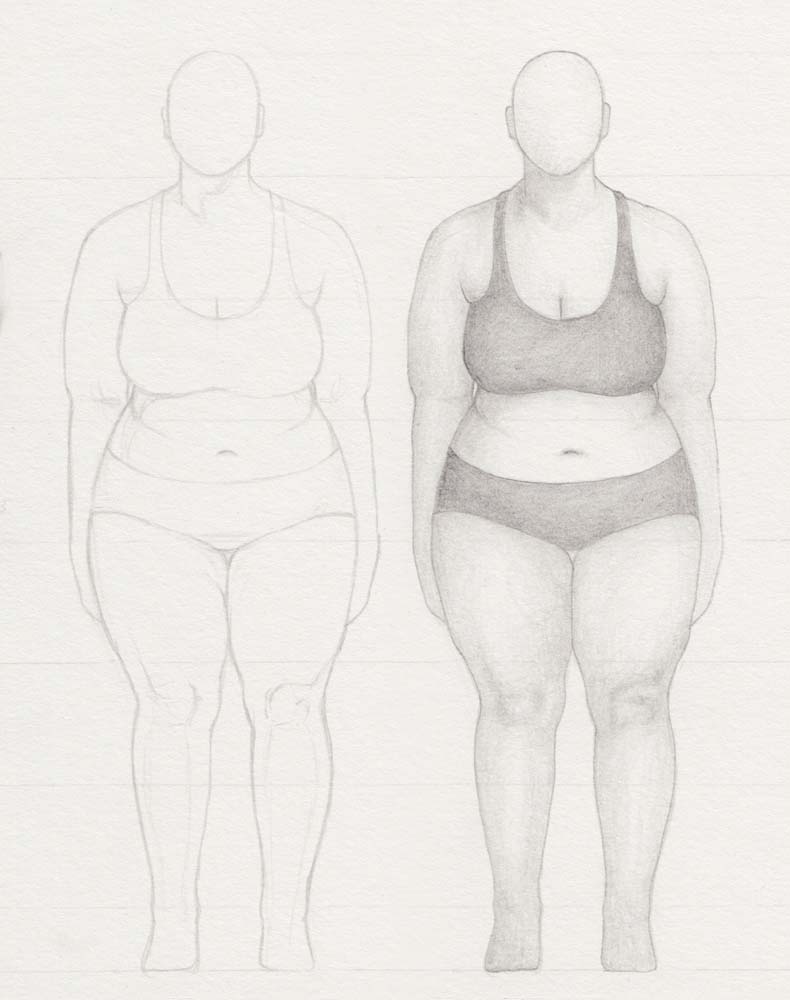
I would recommend practicing with different references. We will find that even the most diverse bodies are drawn similarly, because in general one always follows the same rules: Capture outlines, understand shape, add shading.
Similar Posts
